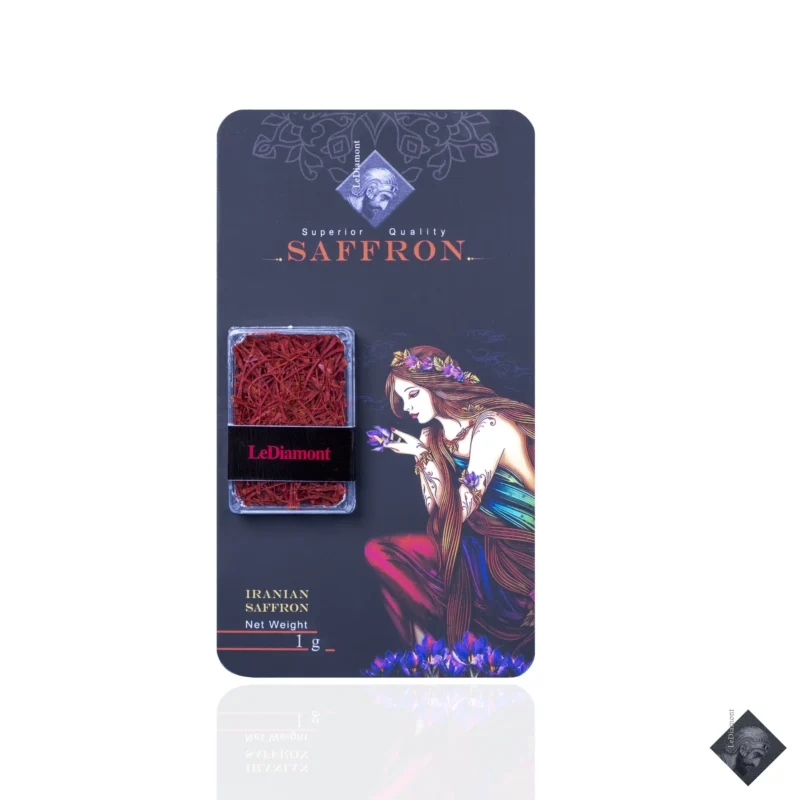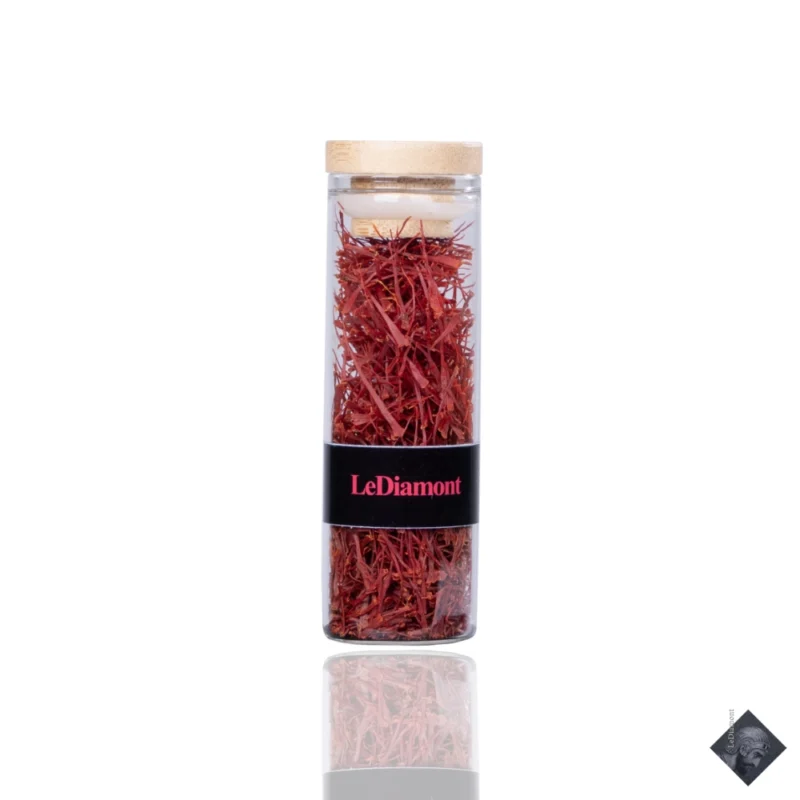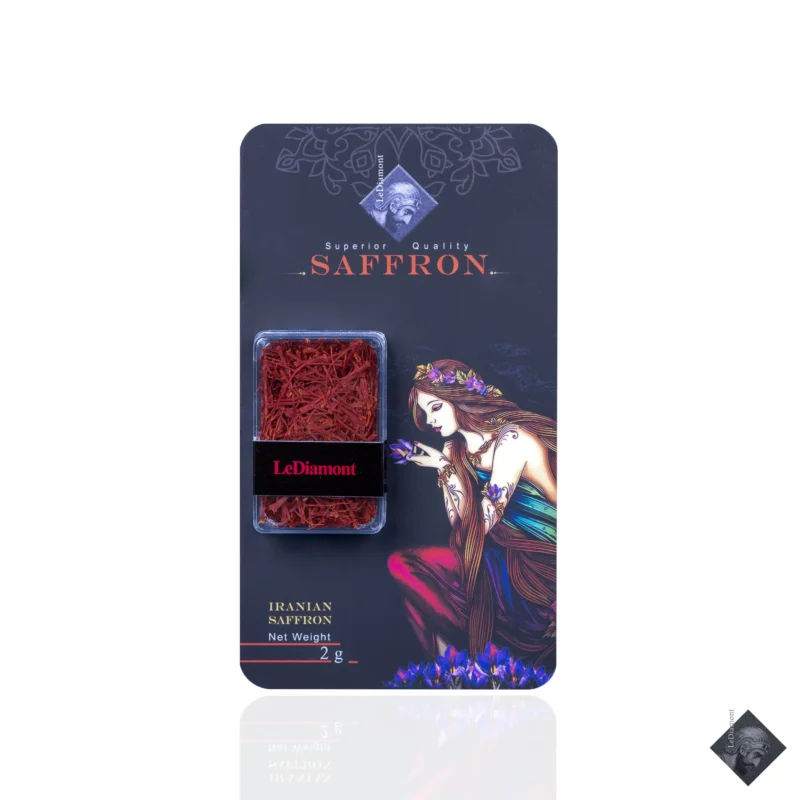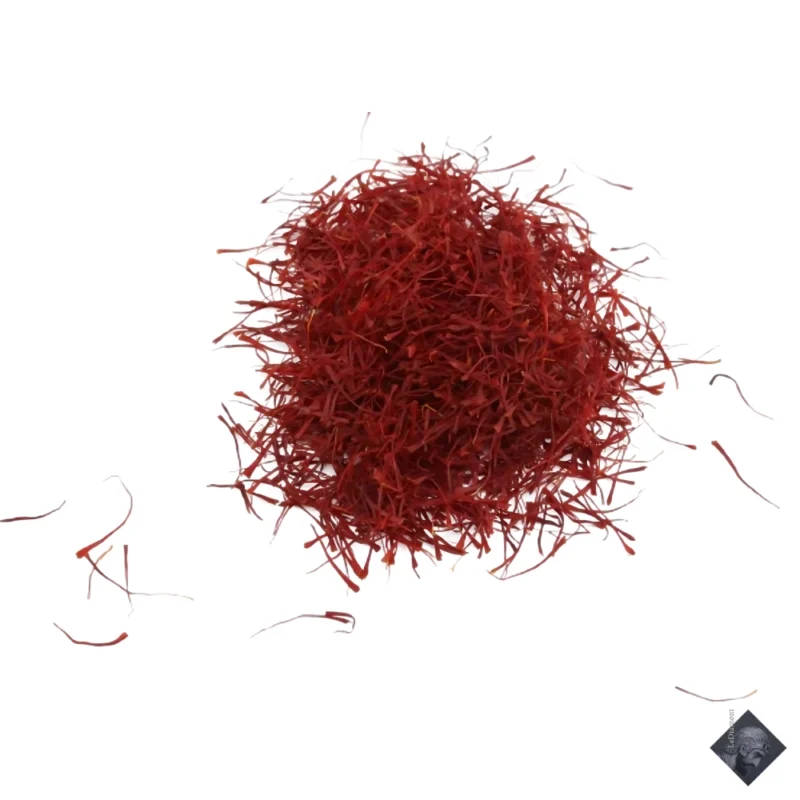Negin Saffron
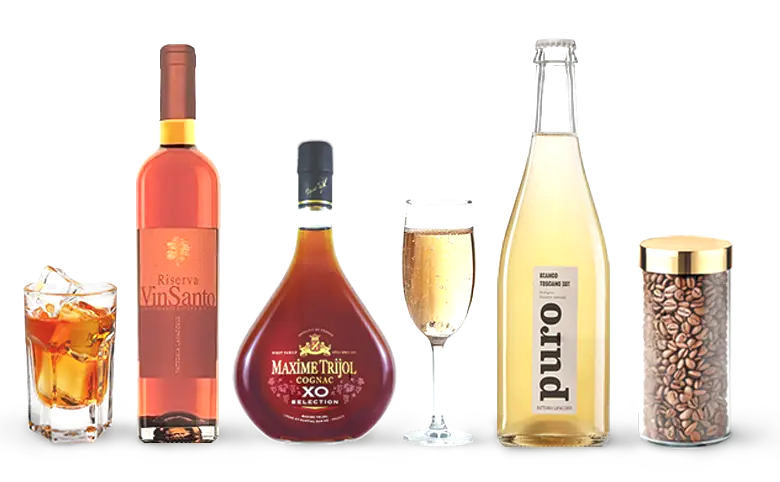
€4.89
€9.36
€80.86
€9.36
€215.99
€42.56
Negin saffron, a treasured spice known for its vibrant color, distinct aroma, and delicate flavor, has been used for centuries in culinary traditions and medicinal practices around the world. Negin saffron is considered one of the highest quality types of saffron available, alongside Sargol saffron. Negin saffron is a truly captivating spice with a rich history and a range of uses. Whether you're a chef looking to add a touch of luxury to your dishes or a health enthusiast searching for natural remedies, Negin saffron is a must-try. So why not embark on an aromatic journey and explore the excellence of Negin saffron for yourself?
What is Negin Saffron?
Negin saffron belongs to the Crocus sativus flower species and is derived from the delicate stigma of the flower. It is characterized by its longer and thicker threads, deep red color, and intense aroma. Negin saffron is highly valued for its exceptional quality, making it one of the most sought-after varieties in the saffron market.Origins of Negin Saffron
Negin saffron finds its roots in Iran, a country renowned for its saffron production. The arid climate, fertile soil, and skilled cultivation techniques create an optimal environment for saffron cultivation. Iranian saffron, including Negin saffron, is widely recognized for its superior quality, distinctive flavor, and vibrant color. Saffron holds cultural significance in many regions where it is cultivated. In Iran, for example, saffron has deep roots in Persian culture and is used in various ceremonies, festivals, and traditional recipes. It is also highly valued in other cultures, including Indian, Mediterranean, and Middle Eastern cuisines, where it is an integral part of traditional dishes and beverages.Difference between Negin Saffron and Sargol Saffron
Negin saffron and Sargol saffron are two popular varieties of Iranian saffron, each with its own unique characteristics. Negin saffron consists of only the red-colored stigma threads, while Sargol saffron includes both the red threads and a small portion of yellow styles. Negin saffron is longer, thicker, and generally considered higher in quality compared to Sargol saffron.Negin Saffron From Farm to Shelf
Negin saffron undergoes a meticulous harvesting process. Each Crocus sativus flower produces only three delicate red stigma threads, which are carefully handpicked by skilled farmers. The threads are then dried to reduce moisture content and enhance their shelf life. The labor-intensive nature of saffron harvesting, coupled with the need for precise timing, contributes to its exclusivity and value. To preserve the quality of Negin saffron, it is crucial to store it properly. It should be kept in an airtight container in a cool, dark place to protect it from light and moisture. When stored correctly, Negin saffron can retain its flavor, aroma, and color for up to two years. However, it is recommended to use saffron within a year of purchase to ensure optimal freshness.Negin Saffron Uses
- Culinary Uses: Negin saffron is highly prized in culinary applications due to its potent flavor and vibrant color. It adds a distinct aroma and a rich golden hue to various dishes, including rice, stews, soups, desserts, and beverages. From traditional Persian dishes like saffron rice (known as "Tahchin") to international delicacies like paella and risotto, Negin saffron enhances the taste and visual appeal of a wide range of recipes. 2. Medicinal Properties: Saffron has been used for centuries in traditional medicine for its potential health benefits. Negin saffron contains several bioactive compounds, including crocin, safranal, and picrocrocin, which contribute to its antioxidant, anti-inflammatory, and mood-enhancing properties. It has been associated with improving mood, reducing symptoms of depression, promoting relaxation, and potentially aiding in digestion and promoting overall well-being.








